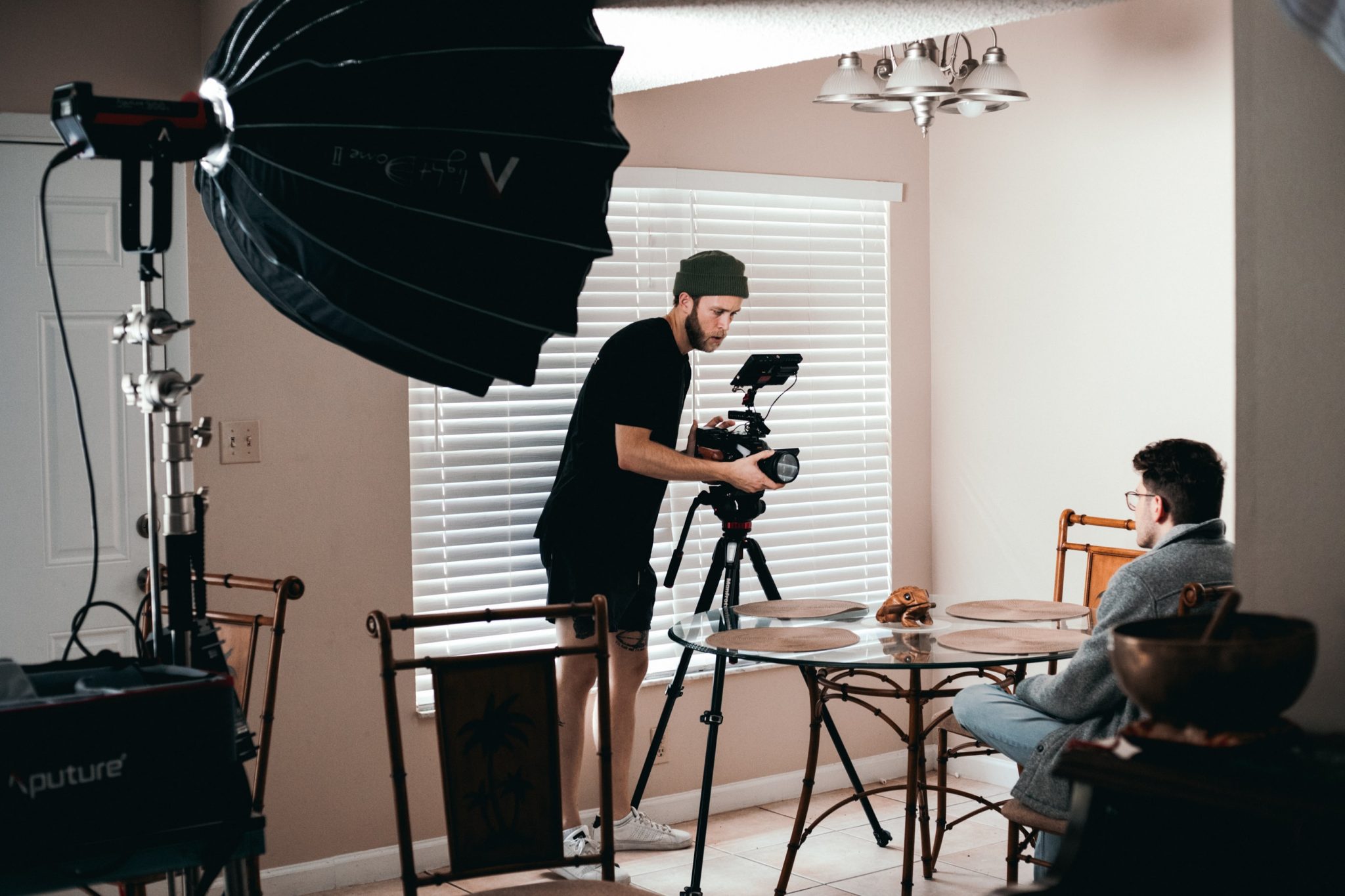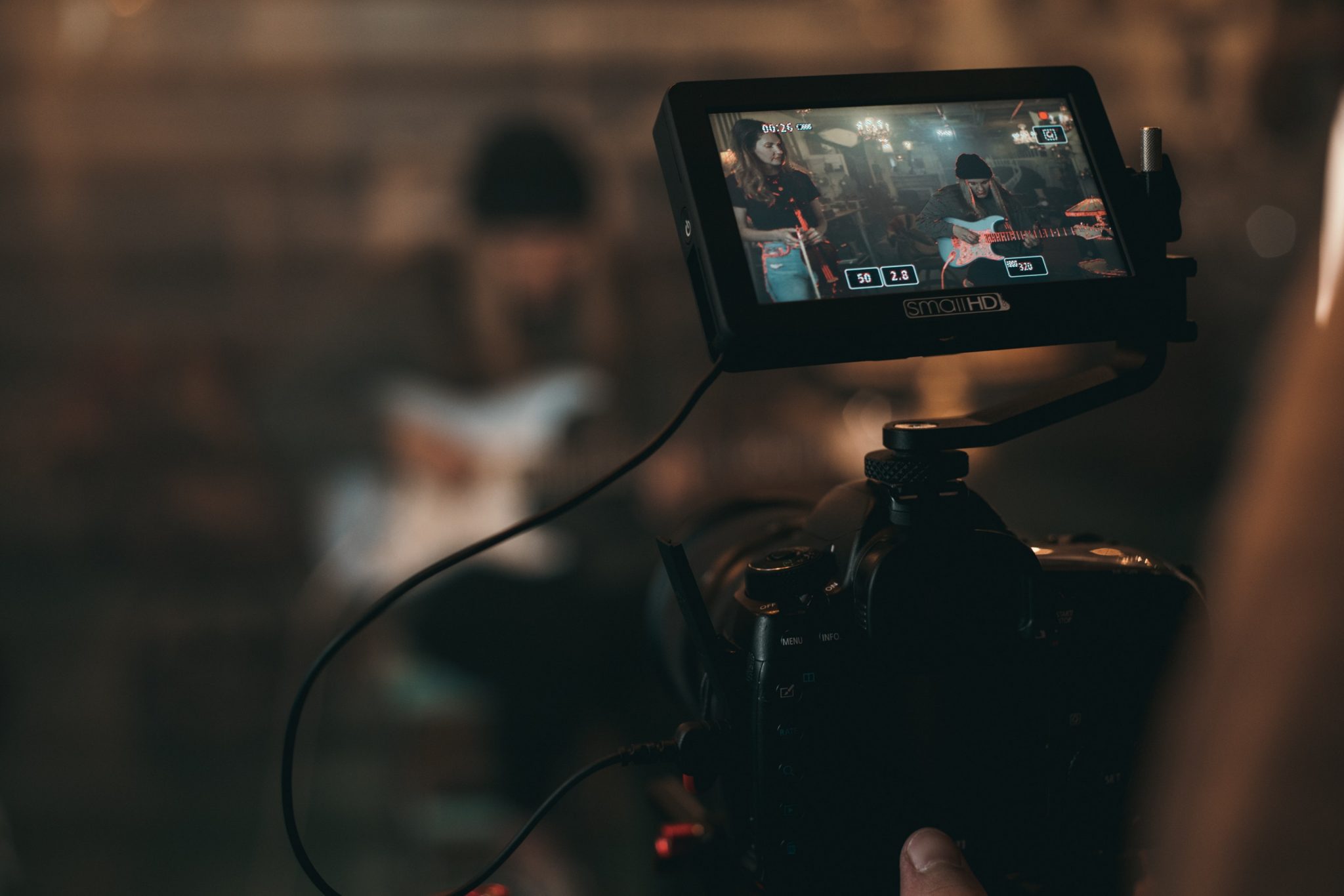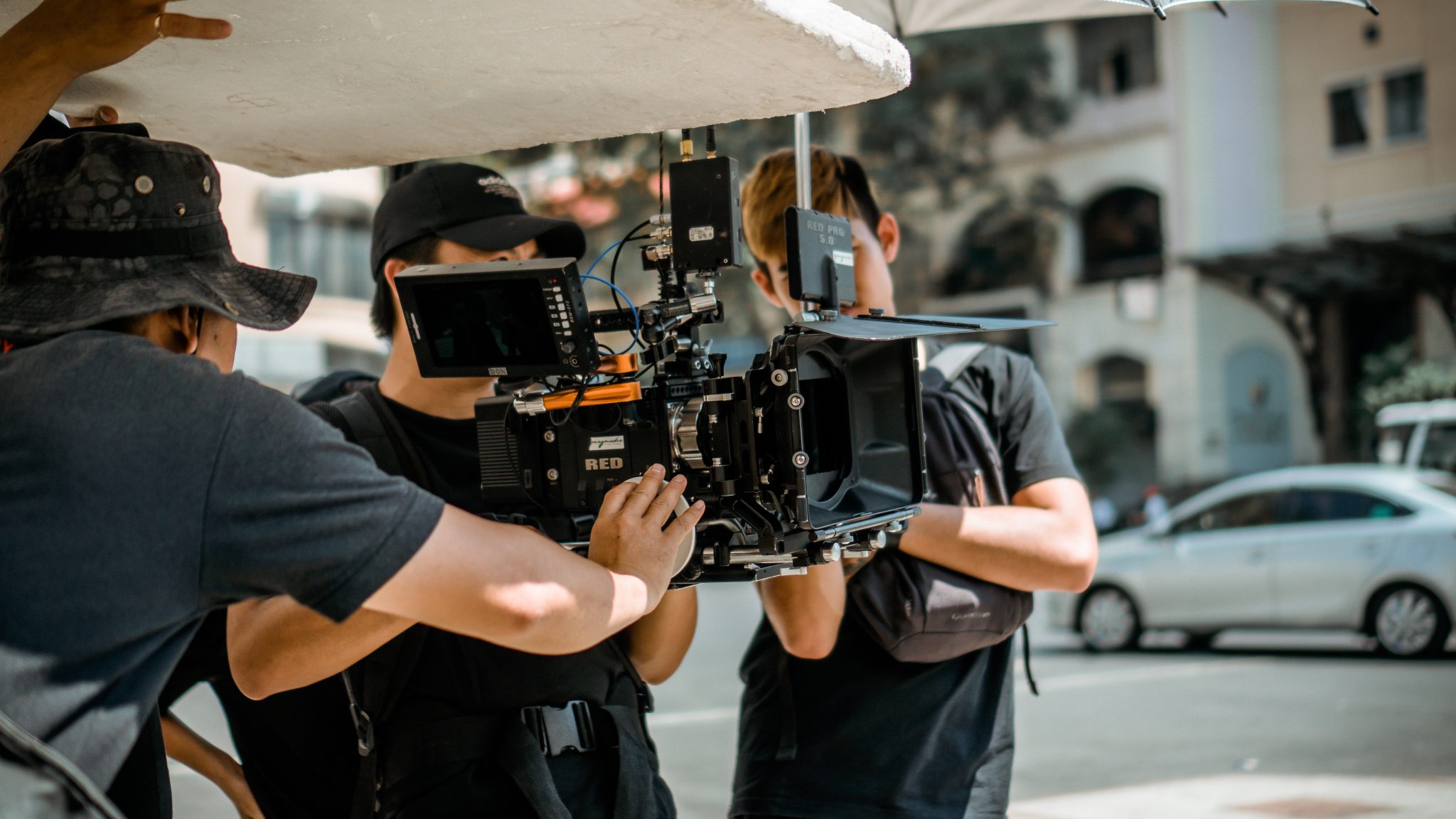An Introduction To Videography
The art of videography is all about capturing magical and mundane moments in action. In the past, the cost of getting started with this medium was sky-high. Beginner videographers had to commit a great deal of time and money between cameras and classes just to get started.
Over the years, cameras have grown smaller and less expensive. Today, most cell phones are equipped with better cameras than beginners could have hoped to buy a decade ago. Meanwhile, online videography courses and information has made it possible for anyone to produce captivating videos.
This article covers everything you need to know to get started with videography. You’ll learn about essential equipment, basic techniques, and a few tips and tricks. Finally, you’ll find out where you can learn more to take your videography skill to the next level.
Learn Photography Online
Meet Amphy
The largest marketplace for live
classes, connecting and enriching
humanity through knowledge.


